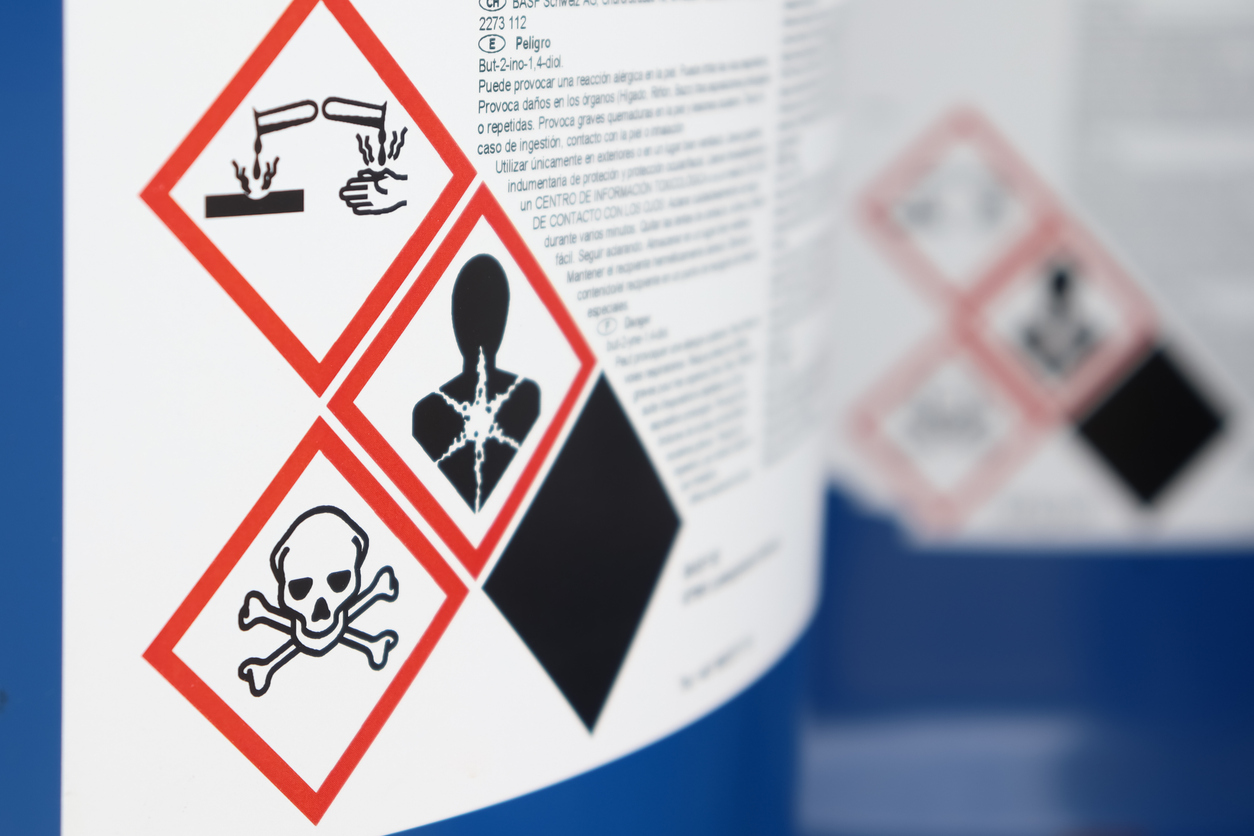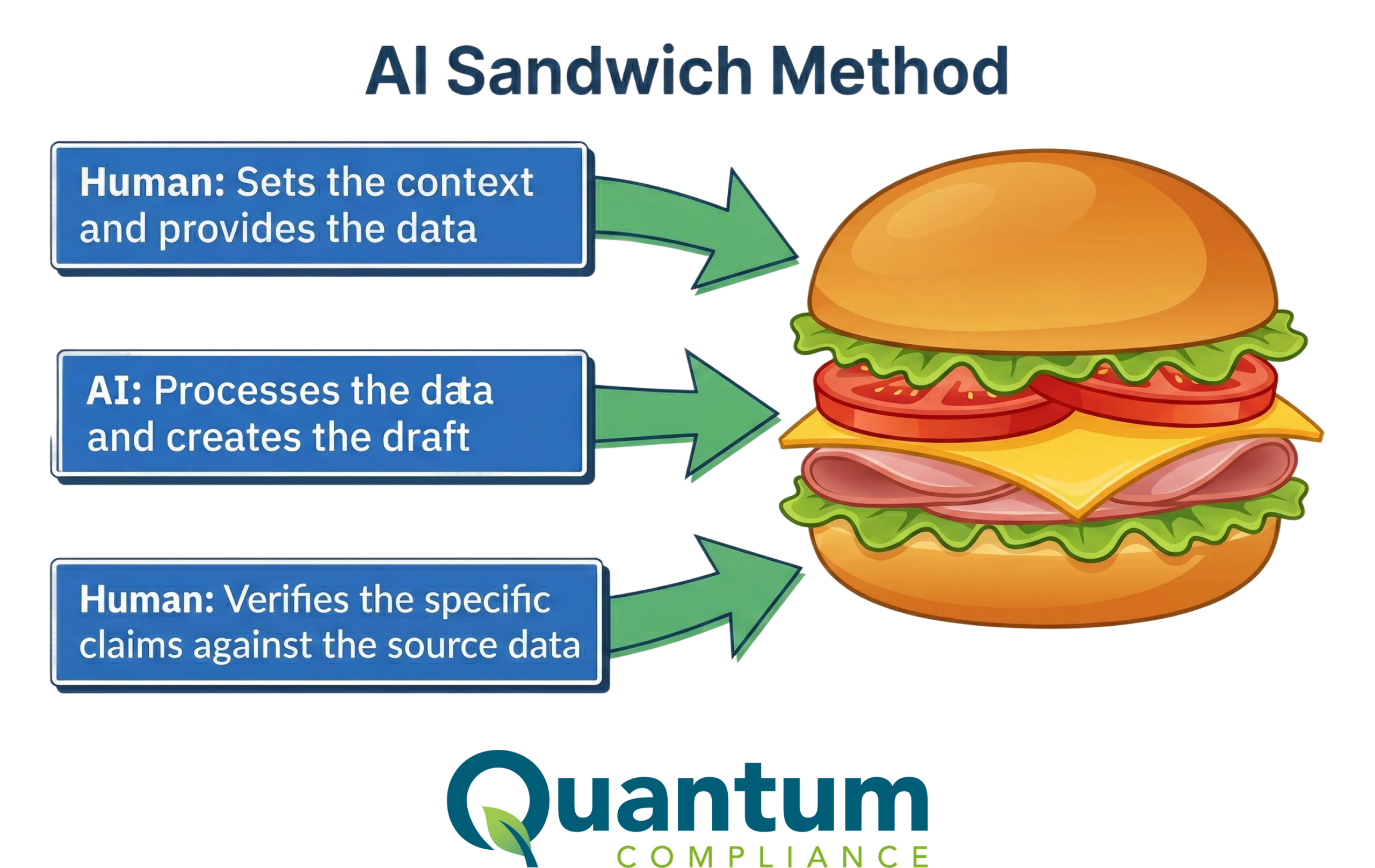Maintaining a safe work environment, especially when handling hazardous chemicals, requires clear and consistent communication of hazards. GHS Secondary Labels play a crucial role in this process, ensuring that all containers, including those not in their original packaging, are properly labeled with necessary safety information. This article explores the importance of GHS Secondary Labels and their critical role in maintaining workplace safety.
What are GHS Secondary Labels?
GHS Secondary Labels are labels applied to secondary containers that hold hazardous chemicals. Unlike primary containers, which come directly from the supplier with a GHS-compliant label, secondary containers are often used for transferring, mixing, or temporarily storing chemicals. GHS Secondary Labels ensure that these secondary containers carry the same essential safety information as the primary labels, maintaining compliance and safety standards.
Key Components of GHS Secondary Labels
- Chemical Identity:
GHS Secondary Labels clearly identify the chemical substance or mixture within the secondary container, ensuring workers know exactly what they are handling.
- Hazard Pictograms:
These visual symbols on GHS Secondary Labels communicate the type of hazard a chemical poses, such as flammability, toxicity, or corrosiveness. Pictograms provide an immediate and easily recognizable indication of potential risks.
- Signal Words:
GHS Secondary Labels include signal words like “Danger” or “Warning” to indicate the severity of the hazard, helping prioritize caution levels.
- Hazard Statements:
These statements describe the nature of the hazard in detail, such as “Causes severe skin burns and eye damage,” providing specific information about the risks involved.
- Precautionary Statements:
GHS Secondary Labels offer guidance on safe handling, storage, and disposal of the chemical, as well as first-aid measures in case of exposure.
Why GHS Secondary Labels are Essential for Workplace Safety
- Continuous Hazard Communication:
GHS Secondary Labels ensure that hazard information is communicated consistently across all containers, not just the original packaging. This continuous communication is vital for maintaining safety awareness and preventing accidents.
- Compliance with Regulations:
Regulatory standards, such as OSHA’s Hazard Communication Standard (HCS) and the Globally Harmonized System (GHS), require that all containers holding hazardous chemicals are properly labeled. GHS Secondary Labels help organizations comply with these regulations, avoiding potential fines and legal issues.
- Enhanced Worker Safety:
By providing clear and consistent hazard information, GHS Secondary Labels significantly enhance worker safety. Employees can quickly identify the contents and associated risks of secondary containers, ensuring proper handling and reducing the likelihood of accidents and injuries.
- Emergency Response:
In the event of a spill or exposure, GHS Secondary Labels provide crucial information for emergency responders. Quick access to hazard details and precautionary measures can save valuable time and potentially lives during emergencies.
- Preventing Cross-Contamination:
Using GHS Secondary Labels helps prevent cross-contamination by clearly identifying the contents of each container. This practice ensures that incompatible chemicals are not accidentally mixed, reducing the risk of dangerous reactions.
Implementing GHS Secondary Labels in Your Workplace
- Comprehensive Training:
Ensure that all employees are trained on the importance of GHS Secondary Labels and how to use them correctly. Training should cover the interpretation of label components and the procedures for labeling secondary containers.
- Labeling Procedures:
Establish clear procedures for labeling all secondary containers with GHS Secondary Labels immediately upon transfer from the primary container. This step is crucial for maintaining continuous hazard communication.
- Regular Audits:
Conduct regular audits to verify that all secondary containers are properly labeled with up-to-date GHS Secondary Labels. These audits help identify and address any gaps in compliance and safety practices.
- Accessible Labeling Resources:
Provide employees with easy access to labeling resources, such as pre-printed GHS Secondary Labels or label printing systems. Ensuring that labels are readily available encourages proper labeling practices.
Case Study: Effective Use of GHS Secondary Labels
A pharmaceutical company handling a wide range of chemicals implemented a rigorous GHS Secondary Labels program to enhance workplace safety. Prior to this implementation, the company faced challenges with inconsistent labeling of secondary containers, leading to safety risks and compliance issues. By adopting GHS Secondary Labels, the company achieved:
- Improved Safety: Consistent labeling reduced the risk of accidents and ensured safe handling of all chemicals.
- Regulatory Compliance: The use of GHS Secondary Labels helped the company meet OSHA and GHS requirements, avoiding fines and enhancing their safety reputation.
- Enhanced Training: Comprehensive training on GHS Secondary Labels increased employee awareness and adherence to safety protocols.
Conclusion
GHS Secondary Labels are critical for maintaining workplace safety, ensuring continuous hazard communication, and complying with regulatory standards. By providing clear and consistent information about the contents and hazards of secondary containers, GHS Secondary Labels protect workers, enhance emergency response, and prevent cross-contamination. Implementing a robust GHS Secondary Labels program, supported by comprehensive training and regular audits, is essential for any organization handling hazardous chemicals. Embrace the importance of GHS Secondary Labels and make them an integral part of your workplace safety strategy to ensure a safer and compliant working environment.








